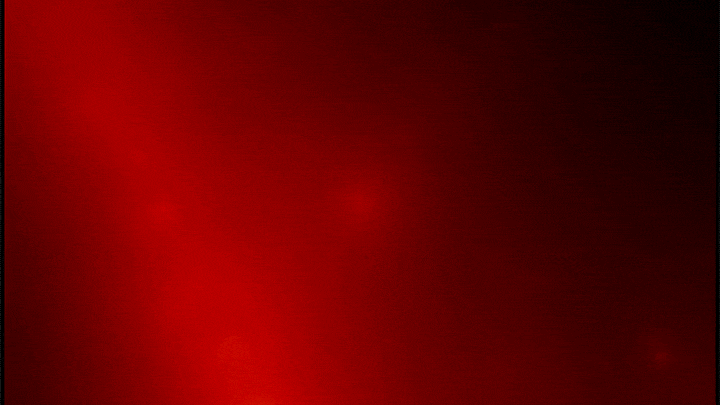A group of telescopes around the world spotted the brightest explosion ever recorded in the universe. It also created a massive pulse of high-energy radiation known as a gamma ray burst (GRB) that hit the Earth on October 9—thereby alerting astronomers to the boom.
The explosion, dubbed GRB 221009A, actually occurred 1.9 billion years ago and researchers believe that it’s the result of a massive star collapsing into a black hole. These events have been known to cause huge bursts of gamma radiation before. In fact, NASA also recently discovered a similar blast due to two stars colliding that traveled at nearly the speed of light.
When GRB 221009A’s energy finally reached Earth on Sunday, it set off a number of sensors on NASA’s Fermi Gamma-ray Space Telescope, the Neil Gehrels Swift Observatory, the Wind spacecraft, and more. It even provided two instruments from NASA and Japan aboard the International Space Station to collaborate and observe the burst.

Swift’s X-Ray Telescope captured the afterglow of GRB 221009A about an hour after it was first detected.
NASA/DOE/Fermi LAT CollaborationCoincidentally, the drama also occurred at the start of the annual Fermi Symposium, a convention of gamma-ray researchers.
“It’s safe to say this meeting really kicked off with a bang—everyone’s talking about this,” Judy Racusin, a Fermi deputy project scientist at NASA and attendee of the conference, said in a press release.
NASA said that the explosion reveals some new insights about the formation of black holes and how matter behaves when it travels near the speed of light. It’s a rare opportunity too as a burst of this magnitude might not appear for decades. Luckily, GRB 221009A was relatively close to us when it went off, giving us the chance to take a look at the interstellar fireworks show.
“This burst is much closer than typical GRBs, which is exciting because it allows us to detect many details that otherwise would be too faint to see,” Roberta Pillera, an astrophysicist with NASA, said in the press release. “But it’s also among the most energetic and luminous bursts ever seen regardless of distance, making it doubly exciting.”






